Booth Museum Brighton
Brighton & Hove
Quick Links
Home » Royal Pavilion Museums and Libraries (RPML) » Museums » Booth Museum
Booth Museum of Natural History
Tourists, educators, families, and historians alike are invited to explore the natural world in a stimulating way when they step through the doors of Booth Museum, which is a continuation of the legacy of Edward Thomas Booth, who spent his life dedicated to curating the ultimate collection of British bird taxidermy.
With over half a million specimens, the Booth Museum of Natural History provides learning opportunities for everyone, from expert naturalists to preschool children. The artefact archives contain natural history literature from the past three centuries, and the skull and skeleton exhibition is a trove of prehistoric relics; some of the bones are over 55 million years old!
Temporary exhibitions are always popping up within the Victorian walls, as are year-round school and family activities; you would be hard-pressed to find more inclusively educational entertainment in the UK, let alone in Brighton!
History of the museum
In 1874, naturalist Edward Thomas Booth founded the Booth Museum, but it remained closed to the public initially. Booth’s collection featured 300+ taxidermy birds and innovative diorama displays. Little is known about his personal life, including his romantic partners, but his eccentric behaviour in old age, such as firing shots at postmen, is rumoured.
He passed away in 1890 and was buried in Hastings Cemetery. Despite intending to donate his collection to the London Museum of Natural History, the museum came under Brighton civic ownership in 1891, eventually renamed the Booth Museum of Natural History in 1971. It retains Victorian charm with a focus on modern conservation.
Collections and Exhibits
Booth Museum, driven by Edward Booth’s goal to collect every British bird species in taxidermy, showcases over 400 birds in lifelike dioramas. The museum’s skull and skeleton collection includes captivating specimens like the Raptor skull, fragments from the prehistoric Iguanodon, and the iconic Velociraptor skull from Jurassic Park.
For those unafraid of creepy crawlies, the butterfly and insect exhibit features global specimens and highlights their ecological importance. The Victorian taxidermy collection offers a glimpse into the life of a 19th-century naturalist.
Periodically, Booth Museum hosts temporary exhibitions, currently spotlighting the majestic tiger. Visitors of all ages are enchanted by this fascinating blend of natural history and educational displays.
Interactive and Educational Features
Booth Museum is one of the more children-friendly museums in Brighton and Hove; the Discovery Lab is filled with hands-on educational activities which inspire appreciation for our natural world. Every Monday morning during term time, the museum hosts Explorers Events to give pre-school children the opportunity to get creative.
Regardless of the time or day of your visit, children can test their natural history knowledge by engaging with puzzles and quizzes. Believing it is never too early to learn how to play an active role in the prevention of climate change, the Discovery Lab allows children to learn about the impact of deforestation, poaching, and plastic pollution.
Schools are always welcome to arrange a group visit to the museum and allow their students to engage with the educational programs, which are always evolving around our ever-changing Anthropocene.
Visitor Experiences
Booth Museum is free for adults and children; you can visit on Tuesdays & Wednesdays (12 p.m. – 5 p.m.), and Saturdays & Sundays (10 a.m. – 5 p.m.) Find the best ways to travel to the museum via Google Maps.
Guided tours are subject to availability; however, it is easy to plan what to see by exploring the exhibits online and ensuring you don’t miss out on any displays that will be of most interest to you.
As the seasons change, as do the displays; after celebrating the arrival of Autumn in 2023 with pop-up decorations, independent activities and trails, it will be time to roll out the Christmas at the Booth Museum display, with the star of the show, Ragnor the reindeer, who has been renamed Ragnor Rosie Carrot Antlers in a public renaming competition.
Plan Your Visit
From the centre of Brighton, it takes 20 – 30 minutes to walk to the museum’s location at 194 Dyke Road, BN1 5AA. If you want to preserve your energy for exploring the labyrinth of natural history artefacts, you can hop on the 27 or 77 bus, which regularly departs from the city centre.
For visitors travelling by car, there are no on-site parking facilities; however, Pay and Display parking is possible on the adjacent streets. For more parking information, consult the Brighton & Hove City Council website.
If you want to book a group visit, fill in the group booking form well in advance of your preferred date; you can request a tour guide and book for groups of 12 – 19.
For schools wanting to take their national history science lessons to the next level, educational programs and tours are available for UK educational institutions only. Contact the information and booking team.
Membership and Support
The educational and preservation work of the Booth Museum of National History is only made possible by the generosity of its members, patrons, and donors.
To play your part in the continuation of the Museum’s long legacy, donate today or become a member by paying the £40 annual fee.
In return, you will receive a free tour of the Royal Pavilion, unlimited admission to the other four sites in the Brighton & Hove Museums network, in addition to a range of other valuable benefits, including 10% gift shop discounts, early access and members’ prices for talks and events, and the guarantee of free entry to all exhibitions.

